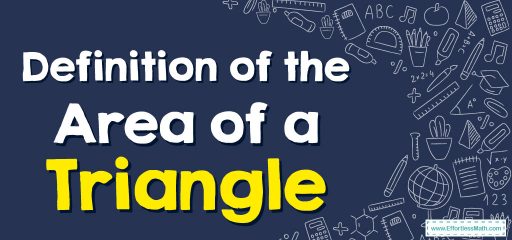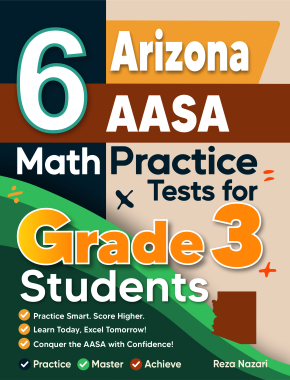Area of a Triangle

Definition of the Area of a Triangle – Example 1
Definition of the Area of a Triangle – Example 2
Find the area of this triangle.
Solution:
Step 1: Multiply the base by the height. \(14×8=112\)
Step 2: Multiply \(\frac{1}{2}\) by the result. \(\frac{1}{2}×112=56\)
So, the area of the triangle is \(56 cm^2\).
Area\(=\)base\(×\)height\(×\frac{1}{2}→A=\frac{1}{2}(b×h)→A=\frac{1}{2}(14×8)=56\)
Related to This Article
More math articles
- Top 10 OAR Math Practice Questions
- Middle School Math Worksheets: FREE & Printable
- Best Calculators for High School Algebra II
- The Ultimate 6th Grade FSA Math Course (+FREE Worksheets)
- Top Calculators for the SAT 2026: Quick Review
- How to Use Strip Models to Subtract Fractions with Like Denominators
- Newton’s Technique to Fish Out the Roots
- 7th Grade Common Core Math Practice Test Questions
- Best Middle School Math Supplies
- 3rd Grade STAAR Math Practice Test Questions


















What people say about "Area of a Triangle - Effortless Math: We Help Students Learn to LOVE Mathematics"?
No one replied yet.